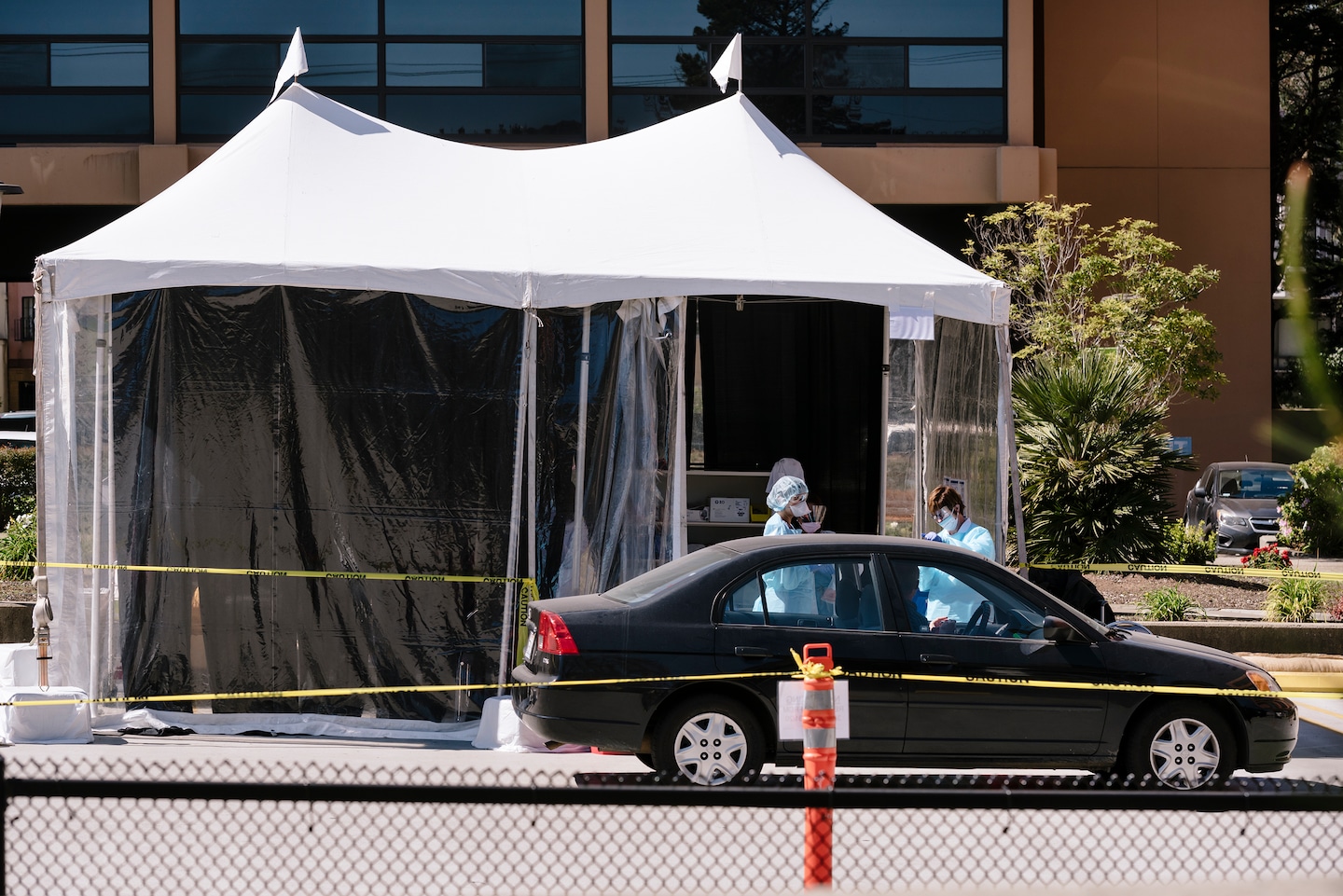What type of covid-19 test should you use? It depends.

As I thought through the decision with her, I saw the question she was asked as the key to our national testing strategy. In the absence of widespread testing that’s both fast and accurate, there’s one question to ask to determine which test you need: What’s your risk of covid-19?
If the risk is low, the fast test is enough. In the case of my friend, she and her husband were taking the test for screening purposes before spending a week in a shared house with two other couples. Their risk was small, because they had no symptoms and no known exposures.
Their trip was in two days. A 10-day lag would mean they wouldn’t know anything until after their trip. And if they had taken the test 10 days before, they would have gotten the result before they left, but they would still have had 10 days to be exposed to the virus. What they needed was the fast screening test. If that came back negative, they could be fairly confident that they were okay.
If the risk is high, however, the fast test isn’t enough: You need the accurate one. The fast test can still serve as an initial screen. Say there’s an elderly nursing home resident who has fever and a cough. An initial positive test will quickly confirm covid-19. But the likelihood of the novel coronavirus is so high that the accurate test should still be done if the initial screen were negative.
Someone with medium risk would benefit from this approach, too. I had a patient who was exposed to someone who subsequently tested positive. My patient felt fine. It was a brief exposure. He has four young children, and it wasn’t practical for him to isolate from his family for 10 days while awaiting the more accurate test. He got the rapid test, which was negative, but also got the more accurate test just in case.
This framework of risk stratification is used in medical decision-making all the time, in screening for cancer, heart disease and much more. Those deemed to be low-risk have a quick screening test. If it’s negative, evaluation stops. Those with higher risk continue with more extensive testing.
Here’s how this algorithm would apply when it comes to national policy decisions. The covid-19 test that we have been depending on is the polymerase chain reaction (PCR) test. This is the more accurate test that requires processing in a laboratory and has long wait times in many parts of the country — averages in July were running about four days, and 10 percent of patients waited 10 days or more, according to a national research survey. We can ease the demand for this test by ramping up production of another test: the antigen test. These tests don’t require laboratory processing and can provide results in as little as 15 minutes. Moreover, the PCR test can cost hundreds of dollars, while the antigen test costs at little as $1.
Why not invoke the Defense Production Act to immediately mass produce these less accurate — but much faster and cheaper — screening tests? They are already being made available in India and Senegal, and some versions are FDA-approved in the United States. Imagine if we had enough of these tests that, every morning, all children and teachers could take one at home. Imagine if restaurants and other retail establishments required them as a condition of entry. Imagine if one could take a home test before getting together with extended family. How much safer would we all feel — and be?
Some would say that the antigen tests just aren’t accurate enough. But the alternative is people not being tested at all. Catching 80 percent of asymptomatic cases is a lot better than catching zero.
Others might say that we shouldn’t deny people the more accurate test. But we have limited resources and are rationing tests now. We shouldn’t leave it to chance to determine who receives what test, or whether people get one at all.
Lack of testing is our country’s Achilles’ heel in the fight against covid-19. A tiered strategy can help identify far more infections than we do now. Let’s get the right test to the right people.
Read more:






